Fashion
The Ultimate Guide to Fashion Accessories: Elevating Your Style
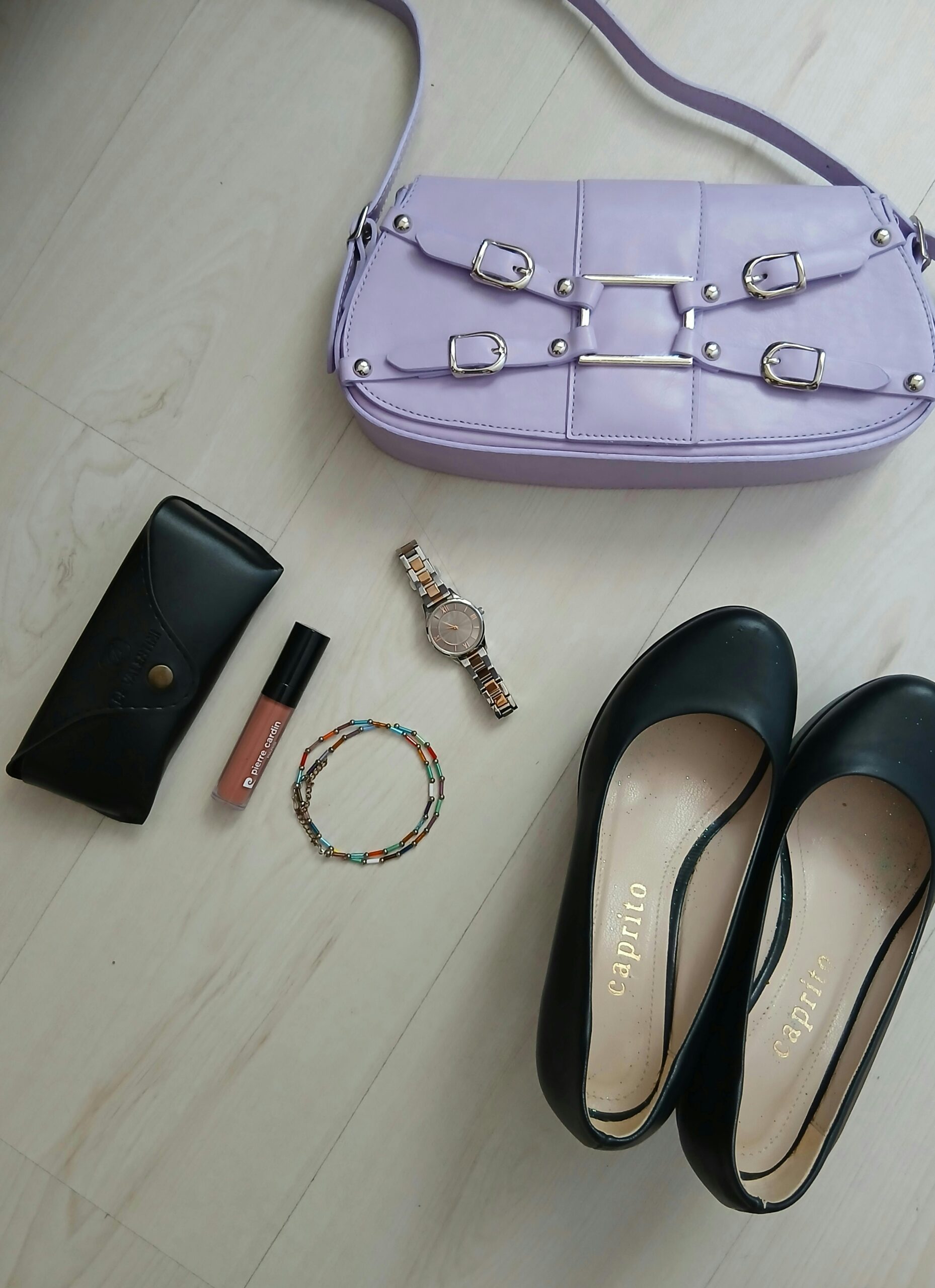
Fashion is not just about clothing it’s about expression, individuality, and confidence. While clothes form the foundation of an outfit, fashion accessories are what complete the look. From timeless jewelry pieces to statement handbags, the right accessories can transform a simple outfit into a fashion-forward ensemble. Whether you’re heading to the office, attending a wedding, or enjoying a casual day out, fashion accessories allow you to add personality, color, and texture to your style.
In this comprehensive guide, we’ll explore the world of fashion accessories, including their importance, types, styling tips, and how to choose them wisely.
Why Are Fashion Accessories Important?
Fashion accessories are more than just add-ons they are essential for:
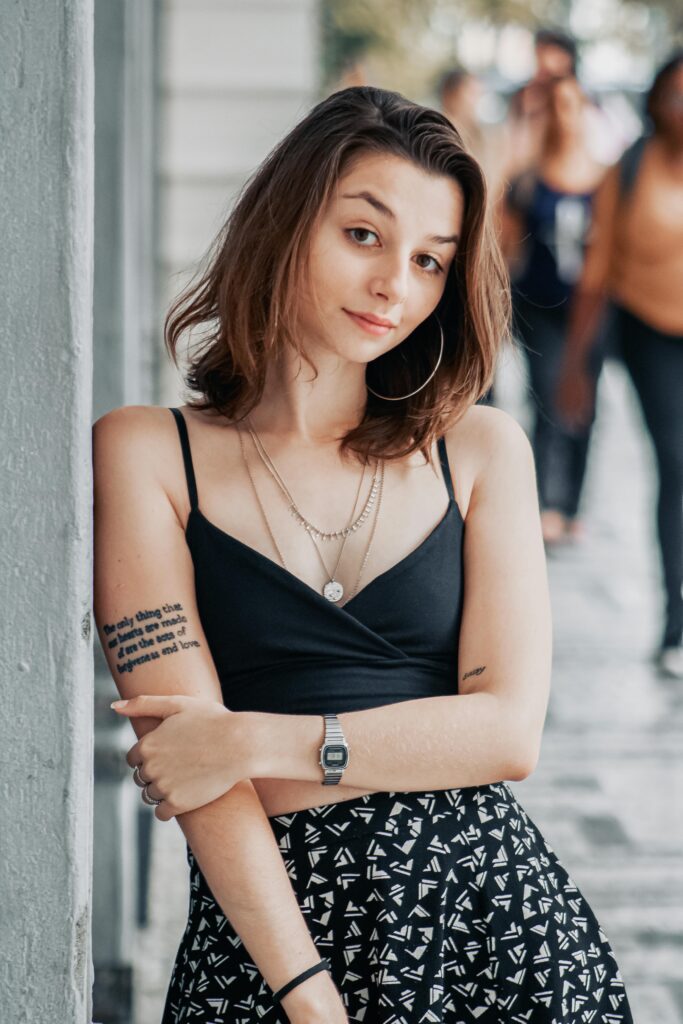
- Personal Expression – Accessories allow you to showcase your personality. A bold necklace or quirky sunglasses can instantly reflect your individuality.
- Versatility – They give you the ability to style the same outfit in multiple ways. A simple black dress can look entirely different with pearls versus chunky gold jewelry.
- Completeness – Without accessories, even the most stylish outfit may feel incomplete. Shoes, belts, or bags bring harmony to the look.
- Highlighting Features – Earrings draw attention to your face, belts define your waist, and scarves highlight your neckline.
- Seasonal Transition – Accessories make it easier to transition outfits from one season to another. For example, swapping sandals for boots and adding a cozy scarf can take your summer dress into autumn.
Types of Fashion Accessories
Fashion accessories come in countless forms, but they can broadly be categorized into jewelry, bags, shoes, belts, scarves, hats, eyewear, watches, and hair accessories. Let’s dive deeper.
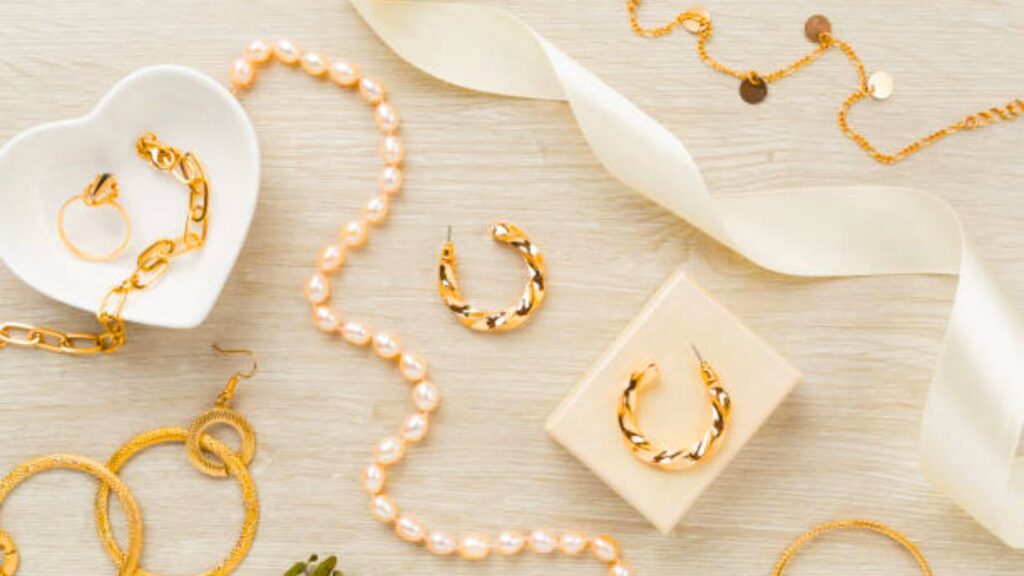
1. Jewelry
Jewelry is often considered the queen of accessories. It ranges from minimalistic everyday pieces to extravagant statement designs.
- Necklaces: Layered chains, chokers, pendants, and pearl strands.
- Earrings: Studs for simplicity, hoops for casual chic, or chandelier earrings for glam.
- Bracelets: Bangles, cuffs, charm bracelets, and delicate chains.
- Rings: From solitaire rings to stacked sets, rings always make a statement.
Styling Tip: Minimal jewelry works best for professional settings, while bold, colorful pieces are perfect for parties and cultural events.
2. Handbags
Handbags are both functional and fashionable. They carry essentials while also being a focal point of style.
- Tote Bags: Spacious and practical for work or shopping.
- Clutches: Compact and elegant for evening events.
- Crossbody Bags: Hands-free convenience for casual outings.
- Backpacks: Stylish yet practical for travel or everyday wear.
Styling Tip: Match your handbag with your footwear for a polished, coordinated look.
3. Shoes
Shoes are a vital part of fashion accessories they define the overall mood of your outfit.
- Heels: Pumps, stilettos, wedges for formal or semi-formal occasions.
- Flats: Ballet flats, loafers, sandals for comfort and elegance.
- Boots: Ankle boots, knee-high boots for chic fall and winter looks.
- Sneakers: Stylish and versatile, sneakers can be paired with dresses, jeans, or skirts.
Styling Tip: Invest in neutral-colored shoes like black, nude, or white that go with almost every outfit.
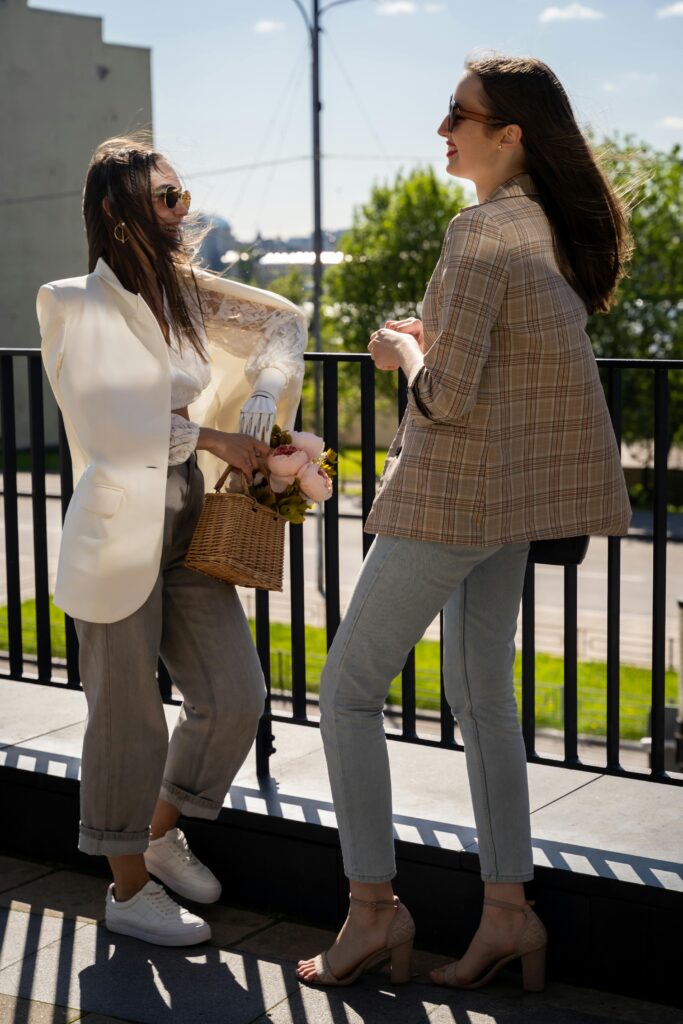
4. Belts
Belts are underrated but powerful accessories. They add structure and sophistication.
- Wide Belts: Define the waist and add drama.
- Thin Belts: Perfect for subtle styling.
- Statement Belts: With oversized buckles or unique designs, they act as a focal piece.
Styling Tip: Use belts to cinch dresses, blazers, or oversized shirts for a chic silhouette.
5. Scarves and Shawls
Scarves are versatile accessories that can be styled in dozens of ways.
- Silk Scarves: Elegant and lightweight, ideal for office wear.
- Woolen Shawls: Warm and cozy, perfect for winter.
- Printed Scarves: Add color and playfulness to plain outfits.
Styling Tip: Tie a silk scarf around your neck, wrist, or handbag handle for instant sophistication.
6. Hats & Caps
Headwear adds a fashionable flair while also providing functionality.
- Wide-Brim Hats: Great for summer and vacations.
- Berets: French-inspired, perfect for chic fall looks.
- Caps: Casual, sporty, and stylish.
Styling Tip: Use hats to balance your outfit wide-brimmed hats elongate the body, while beanies give a cozy vibe.
7. Sunglasses & Eyewear
Sunglasses are not just protective gear they are iconic fashion accessories.
- Aviators: Classic and timeless.
- Cat-Eye Glasses: Retro and feminine.
- Oversized Frames: Trendy and bold.
Styling Tip: Choose sunglasses that complement your face shape. Round faces look good with angular frames, while square faces benefit from round lenses.
8. Watches
Watches remain timeless accessories that combine function with fashion.
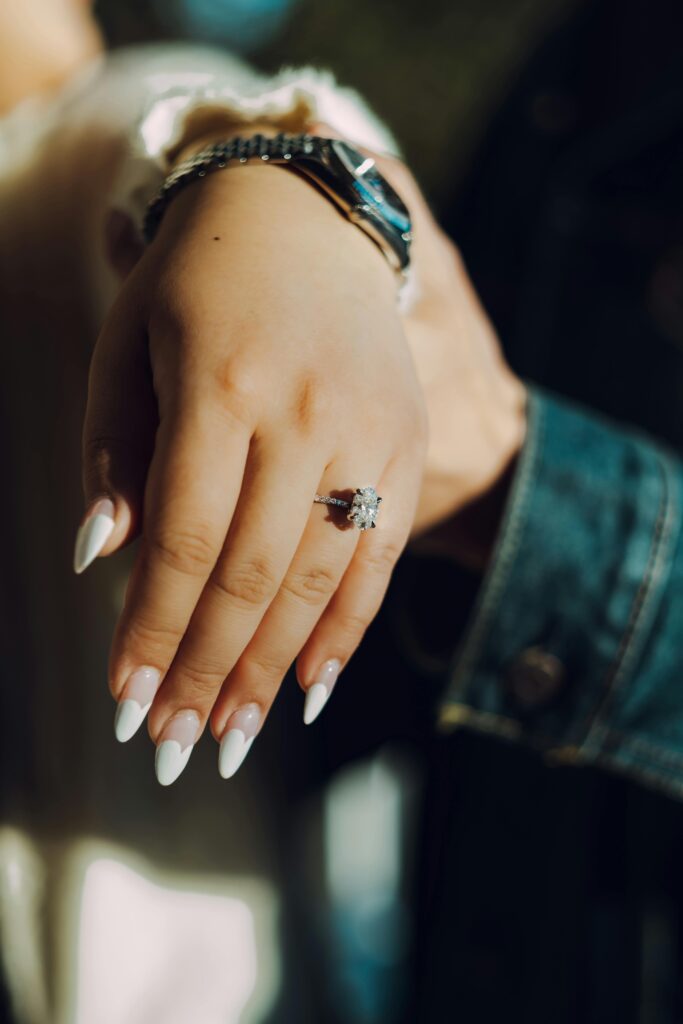
- Classic Leather Watches: Perfect for professional wear.
- Smartwatches: Sleek, modern, and tech-driven.
- Luxury Watches: Statement pieces that reflect status.
Styling Tip: Pair metal watches with jewelry tones (silver watch with silver jewelry).
9. Hair Accessories
From simple clips to elaborate hairbands, these can transform hairstyles.
- Headbands: Wide, padded, or embellished.
- Hair Clips & Pins: Decorative or minimalist.
- Scrunchies & Scarves: Playful and trendy.
Styling Tip: Match hair accessories with your outfit color palette for harmony.
How to Choose the Right Fashion Accessories
Selecting the perfect accessory requires balance and understanding. Here’s how:
- Match with Occasion – A diamond necklace fits a wedding, but not a casual brunch.
- Balance – Don’t over-accessorize. If your earrings are bold, keep the necklace minimal.
- Color Coordination – Match accessories with outfit tones. Contrast works well but avoid clashing.
- Quality Over Quantity – A few premium pieces elevate style more than dozens of cheap ones.
- Trends vs. Timeless – Mix trendy accessories with classic ones for a versatile collection.
Current Trends in Fashion Accessories (2025)
Fashion is constantly evolving, and accessories often define trends. Some popular styles in 2025 include:
- Chunky Jewelry – Oversized necklaces and earrings.
- Mini Bags – Tiny yet stylish handbags.
- Statement Belts – Wide belts with bold buckles.
- Colorful Sneakers – Mixing comfort with fashion.
- Sustainable Accessories – Eco-friendly materials like bamboo, cork, or recycled metals.
Care and Maintenance of Accessories
To ensure longevity, follow these tips:
- Jewelry: Store in soft pouches, avoid water exposure.
- Handbags: Use dust bags, stuff with tissue to retain shape.
- Shoes: Clean regularly, use protective sprays.
- Scarves: Wash delicate fabrics by hand or dry-clean.
- Sunglasses: Keep in hard cases to prevent scratches.
Conclusion
Fashion accessories are the soul of styling they breathe life into clothing, enhance confidence, and showcase individuality. Whether you prefer minimal elegance or bold statements, accessories allow you to create endless looks from a single wardrobe. From jewelry to shoes, handbags to hats, the right accessories are not just additions they’re expressions of your identity.
Invest in quality pieces, experiment with trends, and most importantly, wear accessories that make you feel confident. After all, fashion is not about fitting in it’s about standing out with your own signature style.
Fashion
Lolita Fashion: The Elegant World of Japanese Street Style
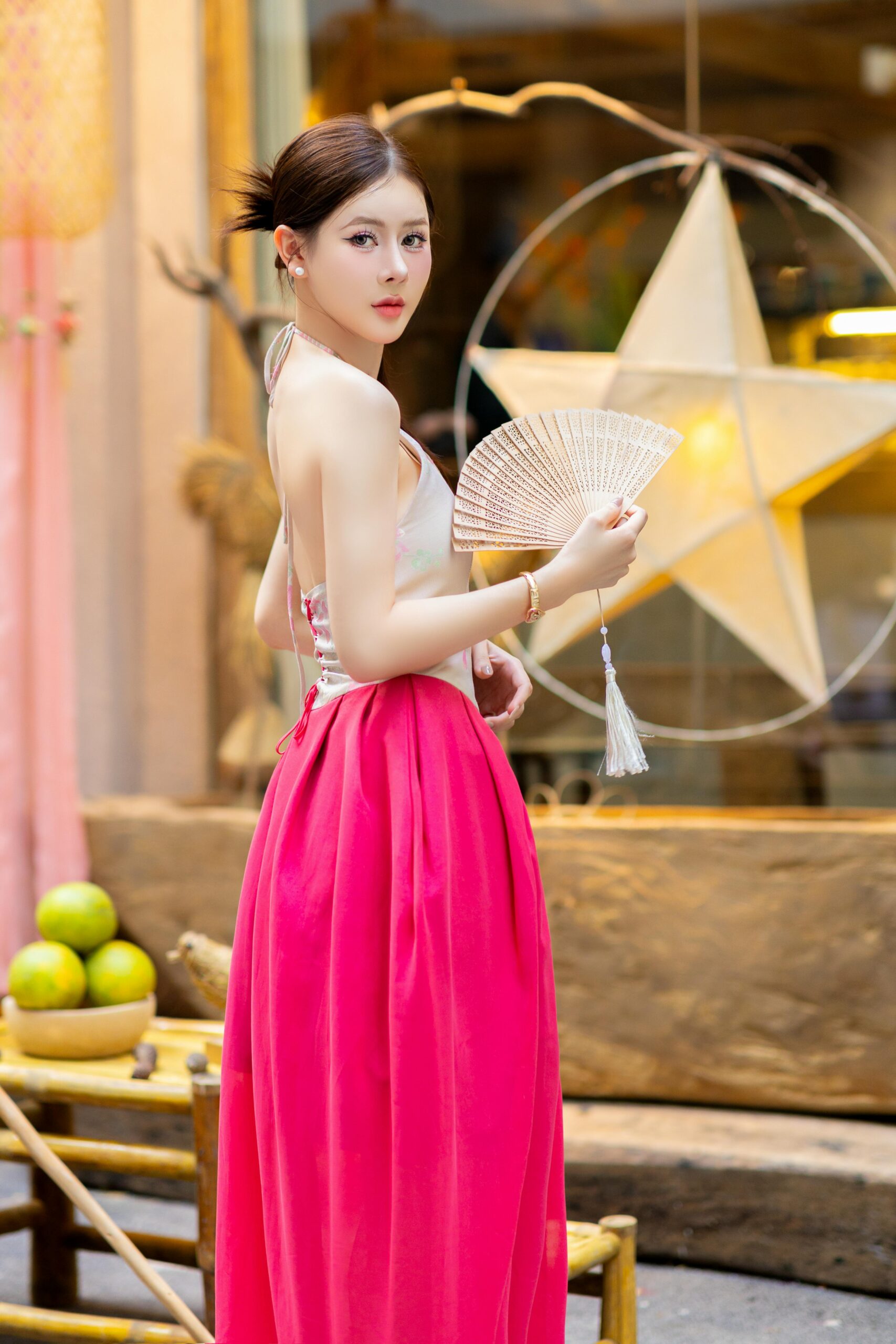
Introduction: What Is Lolita Fashion?
Lolita Fashion is more than just a clothing trend it’s an expression of creativity, individuality, and elegance rooted in modesty and fantasy. Originating from Japan in the late 20th century, Lolita Fashion draws inspiration from the refined aesthetic of the Victorian and Rococo eras. Puffy skirts, lace-trimmed blouses, and detailed accessories create an appearance that is both youthful and sophisticated.
Unlike the Western perception of the term “Lolita,” this style is not sexualized. Instead, it represents a cultural movement that celebrates innocence, beauty, and self-expression through clothing. Over the years, Lolita Fashion has evolved into multiple substyles and gained an international following, becoming one of the most iconic symbols of Japanese street fashion.
The Origins of Lolita Fashion
The roots of Lolita Fashion trace back to Japan’s Harajuku district in the 1970s and 1980s. During this time, Japanese youth began experimenting with fashion as a form of rebellion against rigid social norms. Inspired by Western historical attire particularly Victorian gowns and Rococo dresses they created a new style that emphasized femininity, elegance, and modesty.
By the 1990s, Lolita Fashion had become more structured and popularized by brands like Baby, The Stars Shine Bright, Angelic Pretty, and Metamorphose temps de fille. These brands helped define the silhouette and aesthetic of Lolita: bell-shaped skirts, knee-length petticoats, lace, bows, and elaborate prints.
Lolita Fashion became a statement not just of style, but of identity. It offered wearers a way to escape societal expectations and embrace their own world of fantasy and refinement.
The Core Principles of Lolita Fashion
At the heart of Lolita Fashion lies a commitment to modesty, elegance, and harmony. It’s not about wearing flashy or overly modern pieces, but about curating a complete, cohesive outfit that reflects a certain era and mood.
Here are the core principles that define the Lolita style:
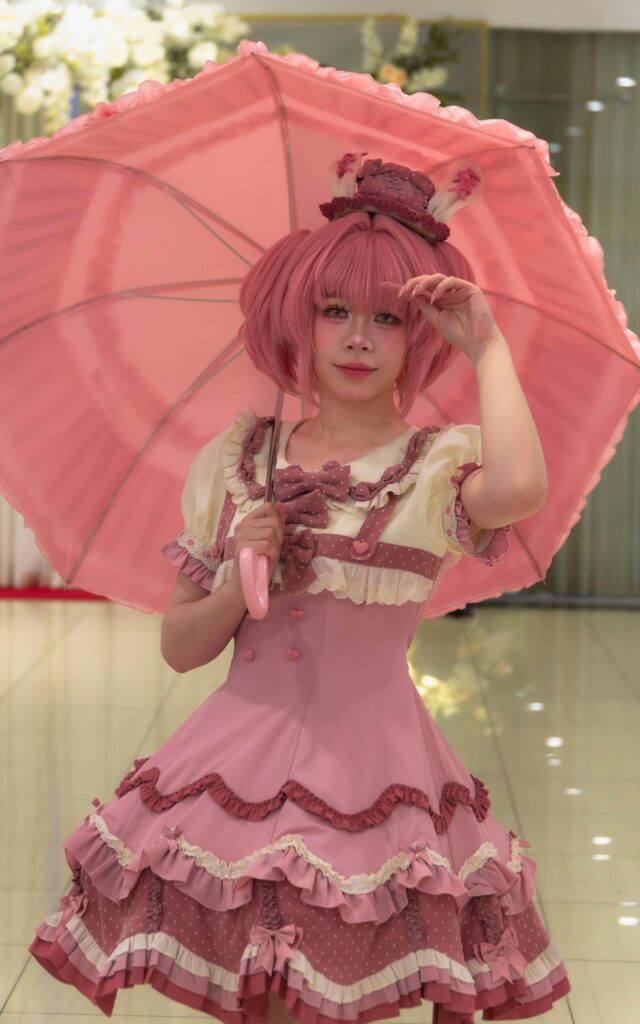
- Modesty:
Lolita outfits are designed to be modest and elegant, usually featuring knee-length skirts and covered shoulders. The goal is to embody grace, not allure. - Aesthetic Balance:
Every element of a Lolita coordinate (known as a “coord”) from the headdress to the shoes should harmonize. Color, texture, and accessories must blend seamlessly. - Attention to Detail:
Lace, ribbons, pearls, and prints are crucial. The craftsmanship in each piece is often exquisite, showcasing an appreciation for artistry. - Quality Over Quantity:
Lolitas value well-made, durable garments. It’s common to invest in quality dresses and handmade accessories rather than mass-produced fast fashion.
Main Substyles of Lolita Fashion
Lolita Fashion isn’t just one look it’s a universe of substyles, each with its own charm and personality. Here are the most popular ones:
1. Sweet Lolita
Sweet Lolita is the most recognizable and “cute” substyle. It features pastel colors like pink, lavender, mint, and baby blue. Common motifs include desserts, animals, fairytale themes, and ribbons.
Brands: Angelic Pretty, Baby the Stars Shine Bright, Metamorphose.
Accessories: Bonnet hats, plush bags, lace socks, and bows.
2. Gothic Lolita
Gothic Lolita blends dark romanticism with Victorian elegance. Think black dresses, lace gloves, and crosses as motifs. This style was popularized by musicians like Mana from Malice Mizer.
Colors: Black, navy, deep red, and white.
Brands: Moi-même-Moitié, Atelier Pierrot.
3. Classic Lolita
Classic Lolita strikes a balance between Sweet and Gothic styles. It’s mature, elegant, and inspired by traditional Victorian aesthetics. Floral prints, muted tones, and refined silhouettes define this style.
Colors: Ivory, burgundy, brown, and cream.
Brands: Innocent World, Victorian Maiden.
4. Punk Lolita
Punk Lolita combines rebellion with elegance. Plaid patterns, chains, safety pins, and corsets are common elements. It often reflects Japan’s punk rock influence while maintaining the signature Lolita silhouette.
5. Sailor Lolita
Inspired by nautical fashion, this style includes sailor collars, stripes, and maritime motifs. It’s a charming and youthful take on the classic school uniform.
6. Country Lolita
This substyle has a rustic, pastoral charm with gingham prints, straw hats, and floral aprons. It celebrates simplicity and nature often worn for casual outdoor gatherings.
7. Wa-Lolita and Qi-Lolita
These styles blend Lolita fashion with traditional Japanese and Chinese clothing, respectively. Wa-Lolita incorporates kimono elements, while Qi-Lolita uses cheongsam-inspired designs. Both styles highlight cultural fusion and artistic creativity.
The Anatomy of a Lolita Outfit
A true Lolita outfit is carefully structured from head to toe. Here’s a breakdown of the essential pieces:
- Blouse: Usually high-collared with puffed sleeves and lace detailing.
- JSK or OP: JSK (jumper skirt) or OP (one-piece dress) forms the main component of the outfit.
- Petticoat: Essential for creating the bell-shaped silhouette that defines Lolita fashion.
- Bloomers: Worn under the skirt for modesty and comfort.
- Socks or Tights: Usually knee-high or over-the-knee with lace or ribbons.
- Shoes: Mary Janes or platform heels are common choices.
- Headwear: Bows, bonnets, or headdresses complete the look.
- Accessories: Parasol, bag, and jewelry that complement the theme.
Every item contributes to the overall harmony and fantasy of the outfit nothing is random.
Cultural Impact and Global Popularity
What started as a niche Japanese street style has now become a global phenomenon. Lolita communities exist worldwide in Europe, North America, and Asia with regular meetups, conventions, and tea parties.
The global rise of social media has played a massive role in spreading Lolita culture. Platforms like Instagram, TikTok, and YouTube have become hubs for Lolita enthusiasts to share outfit coordinates, tutorials, and fashion discussions.
Lolita fashion also influences the global fashion scene, inspiring modern designers to incorporate modesty, lace detailing, and vintage silhouettes into mainstream collections.
Misconceptions About Lolita Fashion
Unfortunately, the word “Lolita” has often been misunderstood, especially outside Japan, due to its association with Western literature. However, Japanese Lolita Fashion has no connection to sexualization or fetish culture.
It is purely about modesty, fantasy, and personal empowerment. For many wearers, dressing in Lolita is about escaping daily pressures and expressing creativity without judgment.
Understanding this distinction is essential to appreciating Lolita Fashion’s true spirit it’s not provocative, but protective of innocence and imagination.
Why People Love Lolita Fashion
Lolita Fashion is more than a style it’s a lifestyle. Here’s why people across the world fall in love with it:
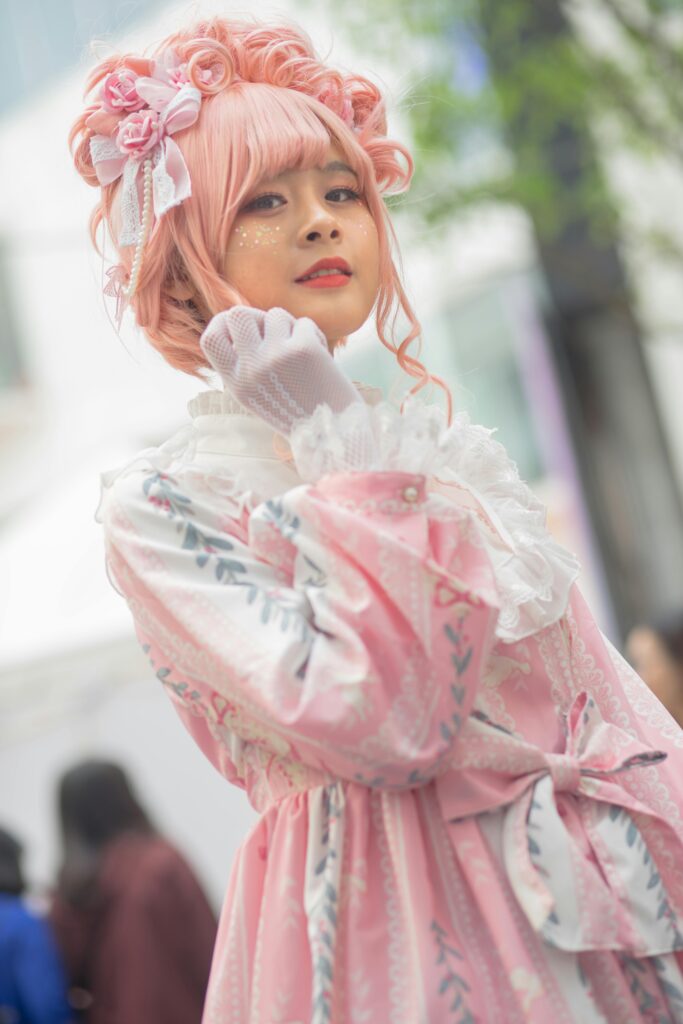
- Self-Expression:
It allows individuals to express creativity, emotion, and fantasy through fashion. - Community:
The Lolita community is known for its friendliness, inclusivity, and shared love for artistry. - Confidence:
Wearing Lolita can boost self-esteem and make wearers feel elegant and unique. - Escapism:
Lolita offers a way to step away from modern stress and embrace beauty, grace, and tranquility.
Lolita Fashion in Modern Media
Lolita Fashion frequently appears in Japanese pop culture from anime and manga to music and magazines. Shows like Paradise Kiss and Rozen Maiden showcase Lolita-inspired characters, while musical artists like Kyary Pamyu Pamyu have helped popularize the style globally.
International fashion magazines and runways also occasionally highlight Lolita-inspired outfits, proving its influence reaches far beyond Japan.
How to Start Your Lolita Journey
If you’re new to Lolita Fashion, starting can feel overwhelming. But with patience and research, anyone can build their dream wardrobe.
Here are a few steps to get started:
- Learn the Basics:
Understand the substyles, rules, and silhouette before buying anything. - Start Small:
Begin with a simple coord a blouse, JSK, and accessories. You don’t need a full wardrobe right away. - Buy From Reputable Brands:
Look for original Japanese brands or secondhand markets like Lace Market for authentic pieces. - Join Communities:
Connect with online Lolita groups or attend meetups to learn from experienced wearers. - Take Care of Your Clothes:
Lolita pieces are delicate; always handle with care, store properly, and avoid machine washing unless safe.
Sustainability and the Future of Lolita Fashion
As the world embraces sustainability, Lolita Fashion’s emphasis on quality over quantity aligns perfectly with eco-conscious fashion values. Many Lolitas prefer to buy secondhand, repair, and upcycle their garments rather than discard them.
This slow-fashion mindset ensures that Lolita remains both timeless and sustainable, appealing to those who value longevity and craftsmanship in their wardrobe.
Conclusion: A Celebration of Grace and Individuality
Lolita Fashion is more than lace and ribbons it’s a statement of freedom, artistry, and elegance. It invites people to embrace their imagination, challenge modern fashion norms, and express beauty in a world often obsessed with minimalism and trends.
From the bustling streets of Harajuku to tea parties across the globe, Lolita continues to thrive as a symbol of creativity and cultural connection. Whether you’re drawn to its romantic charm or its strong sense of community, one thing is clear: Lolita Fashion will always remain a beautiful reminder that style can be both personal and poetic.
Fashion
Business Wear for Women: A Complete Guide to Professional Style
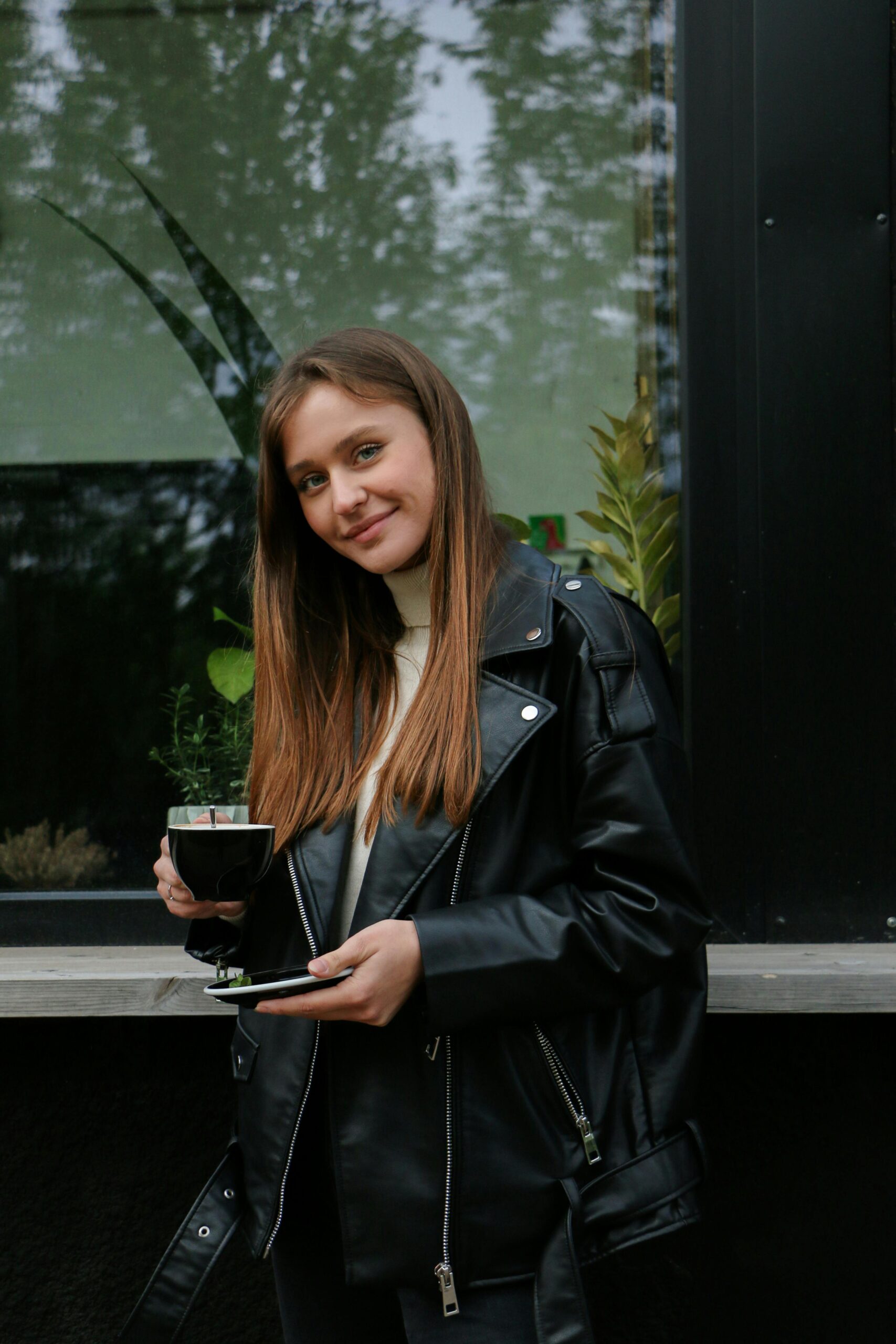
Introduction
In the modern workplace, appearance plays an important role in creating a lasting impression. For women, business wear is not just about fashion it’s about confidence, professionalism, and adaptability. Whether you’re preparing for a corporate meeting, job interview, or a casual office day, the right outfit can enhance your presence and reflect your personality.
This guide explores the essentials of business wear for women, including wardrobe must-haves, styling tips, and how to adapt your attire for different work environments.
Why Business Wear Matters
- First Impressions : Professional attire helps you establish credibility and confidence.
- Personal Branding : Your outfit communicates your style, values, and professionalism.
- Adaptability : The right clothing ensures you are prepared for any professional occasion.
- Confidence Boost : Wearing polished outfits can improve self-esteem and performance.
Types of Business Wear for Women
1. Business Formal
Typically required in corporate settings, board meetings, or high-profile events.
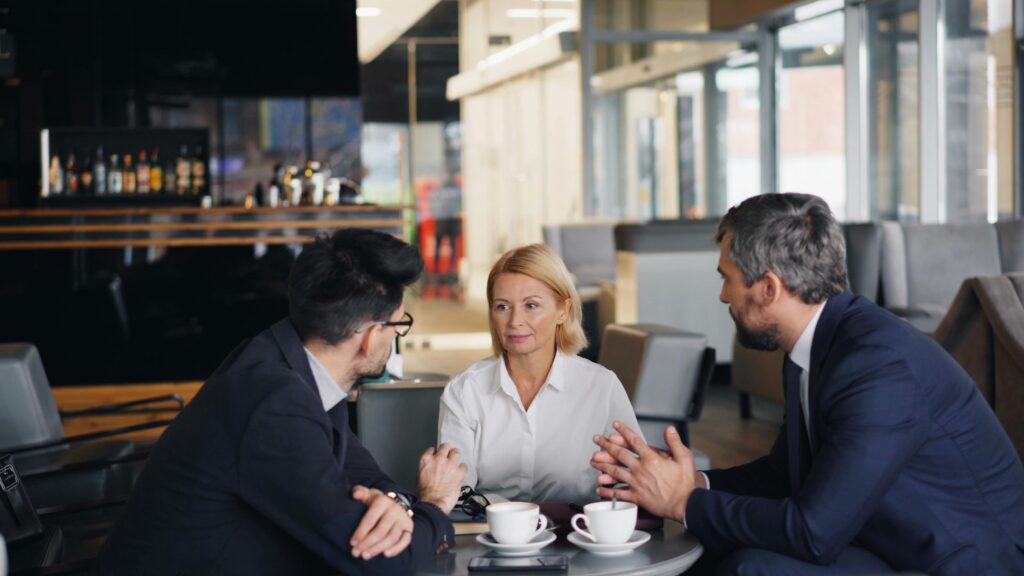
- Tailored suits (blazer and trousers or skirt).
- Button-down shirts or silk blouses.
- Neutral colors like black, navy, gray, or beige.
- Closed-toe heels or flats.
2. Business Professional
Slightly less strict but still polished.
- Pencil skirts, dress pants, or sheath dresses.
- Blazers in classic colors.
- Simple accessories like pearl earrings or a wristwatch.
- Leather loafers, pumps, or block heels.
3. Business Casual
Common in modern workplaces that encourage a relaxed dress code.
- Dress pants, khakis, or midi skirts.
- Blouses, cardigans, or casual blazers.
- Ballet flats, loafers, or low-heeled boots.
- More freedom with colors and patterns, but still professional.
4. Smart Casual
Often seen in creative industries or casual Fridays.
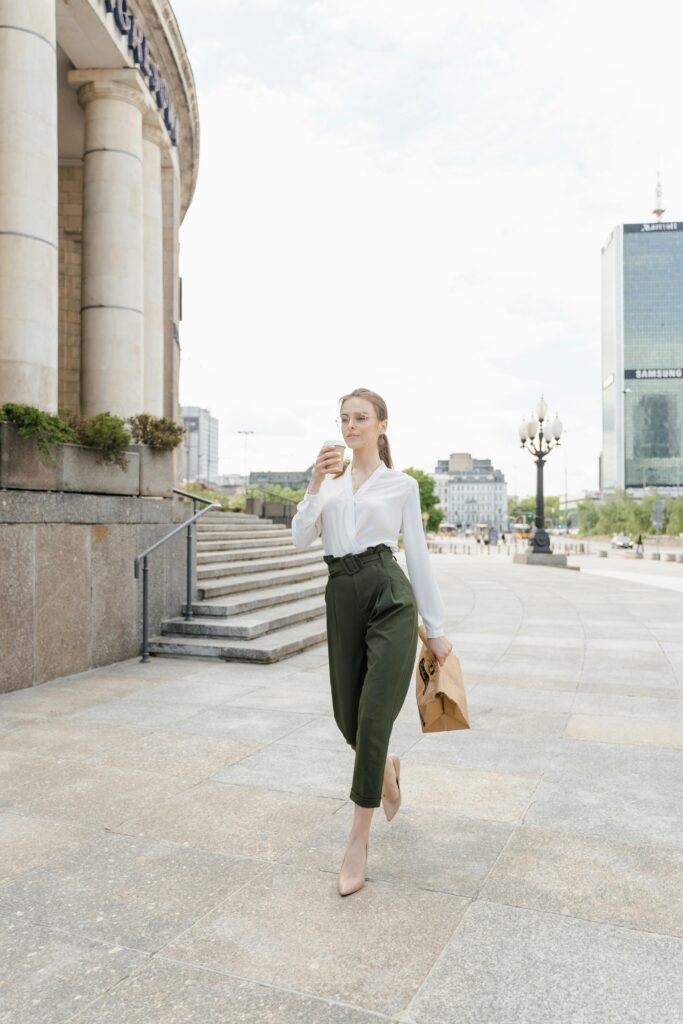
- Stylish blouses with jeans or tailored pants.
- Casual dresses with cardigans or structured jackets.
- Fashionable flats, sandals, or boots.
- Statement accessories for personality.
Wardrobe Essentials Every Woman Needs
- Tailored Blazer : A versatile piece for both formal and casual looks.
- White Button-Down Shirt : Classic and timeless.
- Black Dress Pants : Perfect for pairing with almost anything.
- Pencil Skirt : A feminine yet professional staple.
- Sheath Dress : Ideal for meetings and presentations.
- Comfortable Flats & Neutral Heels : Practical and stylish footwear options.
- Structured Handbag : A professional and functional accessory.
- Minimal Jewelry : Pearls, studs, or simple necklaces.
Styling Tips for Business Wear
- Stick to neutral colors for formal occasions; add color for business casual.
- Choose fabrics like cotton, silk, or wool blends for comfort and durability.
- Keep makeup natural and polished.
- Layer with cardigans or blazers for flexibility.
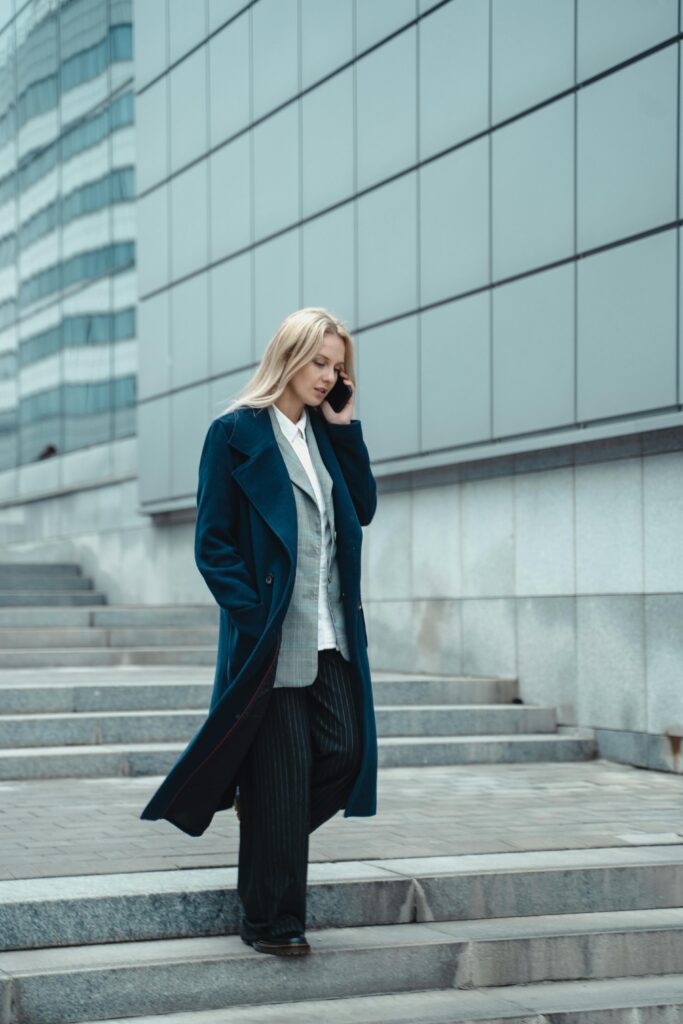
- Avoid overly flashy prints or accessories in conservative workplaces.
Adapting Business Wear Across Industries
- Corporate : Stick with formal and professional looks.
- Startups & Tech : Business casual and smart casual dominate.
- Creative Fields : More flexibility with colors, prints, and accessories.
- Healthcare/Education : Practical, modest, and comfortable outfits are preferred.
The Future of Women’s Business Wear
Workwear is evolving with hybrid work models and inclusivity in fashion. Expect:
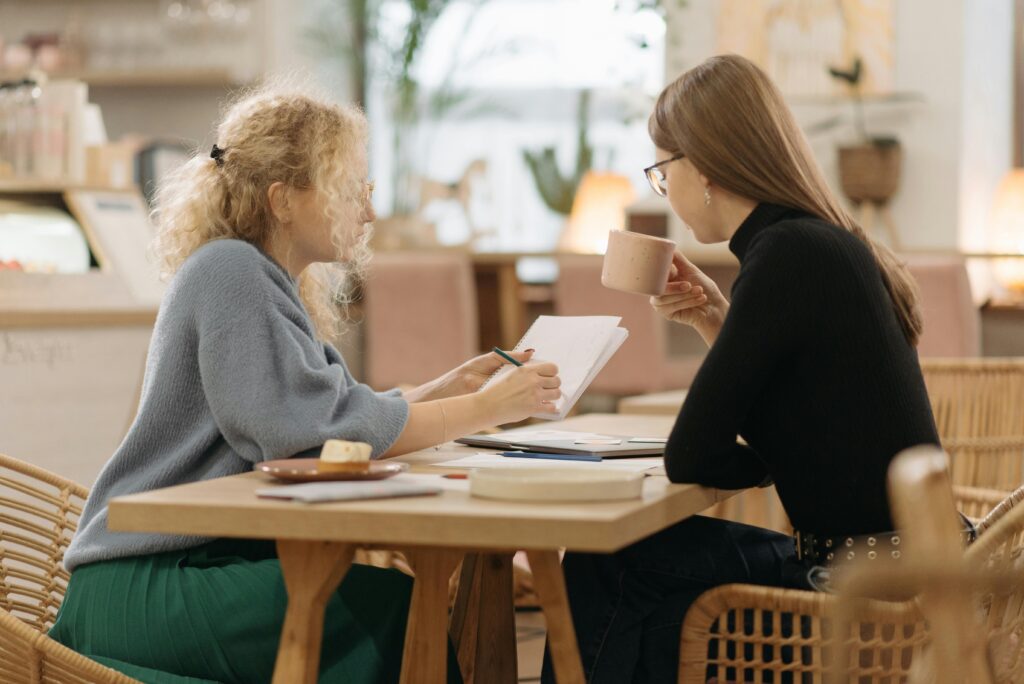
- Sustainable fabrics (eco-friendly office fashion).
- Comfortable yet stylish designs.
- Diversity in size and body-inclusive business wear.
- Greater blend of casual and formal styles.
FAQs
1. What is the difference between business casual and smart casual for women?
Business casual is more professional, often with trousers and blouses, while smart casual allows jeans and stylish accessories.
2. Can women wear bright colors in business settings?
Yes, but balance them with neutrals to maintain professionalism.
3. Are flats acceptable for formal business wear?
Yes, as long as they are sleek, clean, and professional.
4. How can I build a business wardrobe on a budget?
Invest in versatile essentials like a blazer, black pants, and white blouse. Mix and match with affordable pieces.
5. Is business wear different for remote work?
Yes, many professionals adopt smart casual looks for video meetings, focusing on polished tops and minimal accessories.
Conclusion
Business wear for women is about more than following dress codes it’s about expressing professionalism, confidence, and individuality. By investing in timeless wardrobe essentials, adapting your style to your industry, and balancing comfort with sophistication, you can create a strong professional image that empowers you in your career journey.
Fashion
Color Psychology: How Colours Affect Our Life, Mood, and Emotions
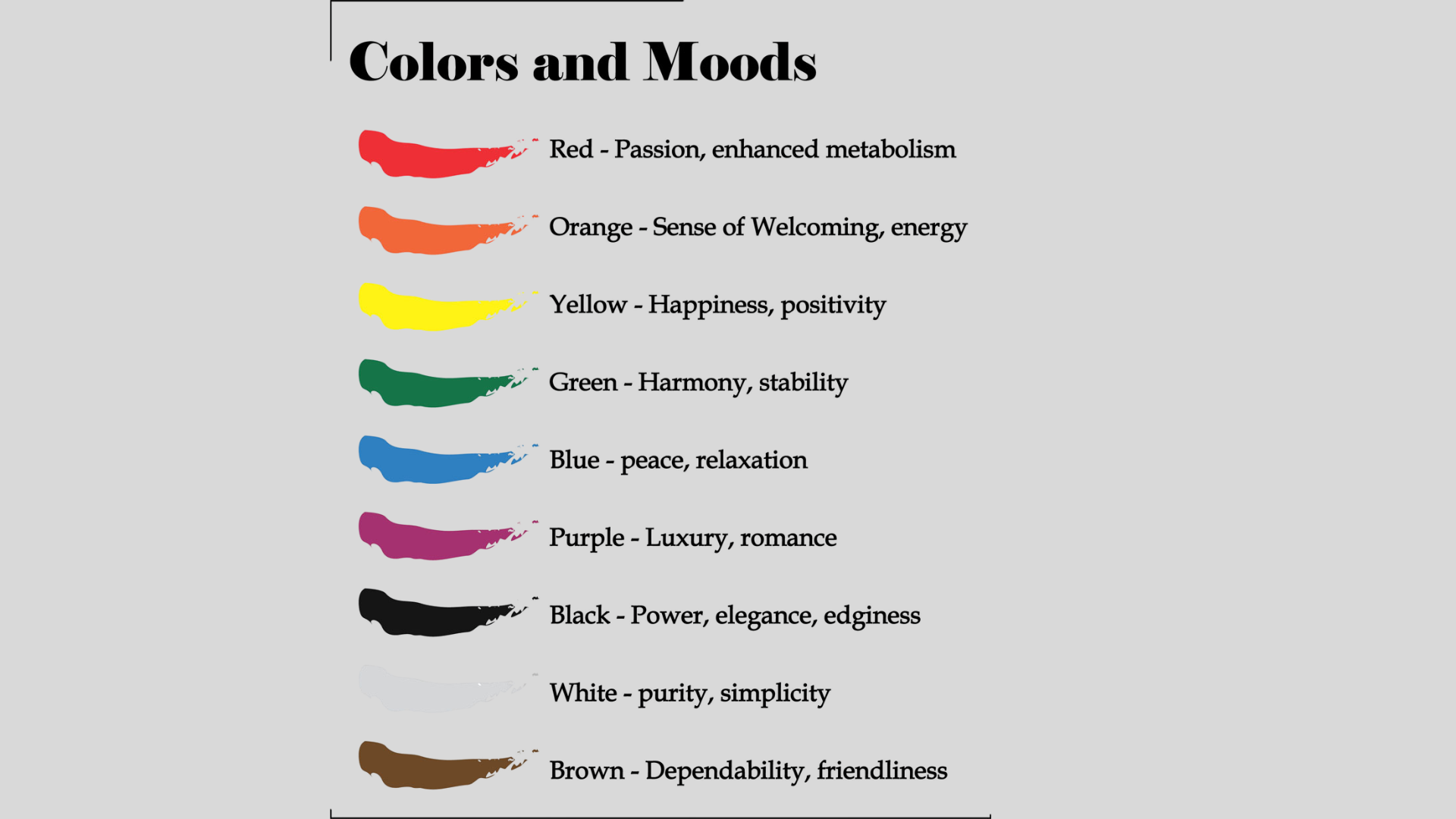
Introduction
Have you ever wondered why certain colours make you feel calm while others make you feel energized? This is not just coincidence it’s the fascinating world of color psychology. Colours influence our emotions, thoughts, decisions, and even our physical health. From the clothes we wear to the walls around us, colours shape our daily experiences in ways we often don’t notice.
In this article, we’ll explore how colors psychology affect our life, their psychological impact, cultural meanings, and how businesses use them to influence our choices. By the end, you’ll have a deeper understanding of the importance of colors psychologyi n life and how you can use them to bring positivity, balance, and success.
1. The Psychology of Colours
The psychology of colours studies how different shades affect human emotions and behavior. Scientists and psychologists have found that colours stimulate the brain, triggering different reactions.
- Warm colours (red, orange, yellow) are linked with energy, excitement, and passion.
- Cool colours (blue, green, purple) create calmness, peace, and relaxation.
- Neutral colours (black, white, grey) provide balance, sophistication, or simplicity.
Our minds naturally respond to colours, which is why marketing, design, and even therapy rely on them.
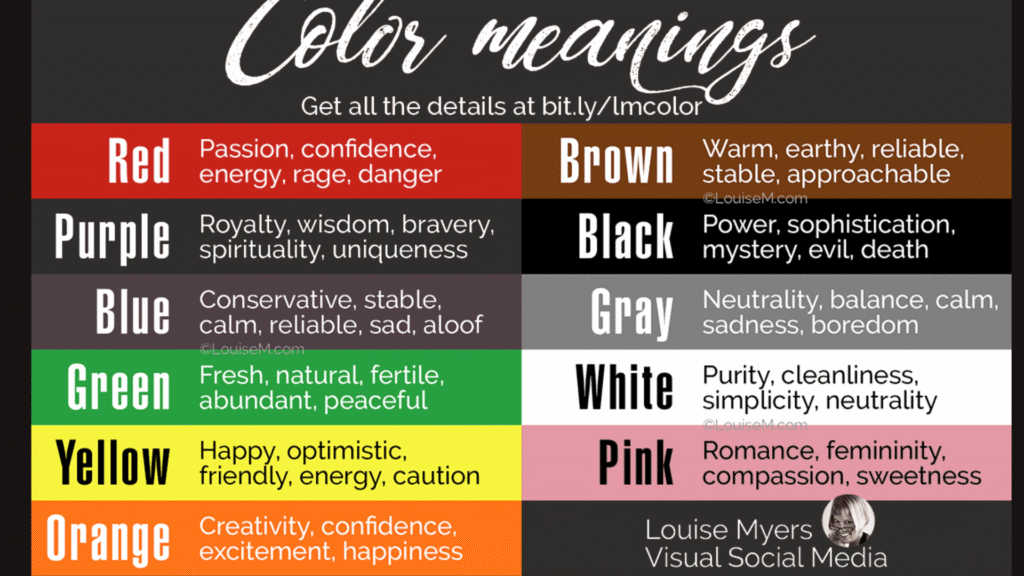
2. Effects of Colours on Mood and Emotions
Each colour has a unique influence on mood. Let’s break it down:
Red – Energy & Passion
Red increases heart rate and boosts adrenaline. It symbolizes love, danger, and power. Too much red, however, can cause stress or aggression.
Blue – Calmness & Trust
Blue has a soothing effect, reducing stress and lowering blood pressure. It’s often used in hospitals and offices because it builds trust and calmness.
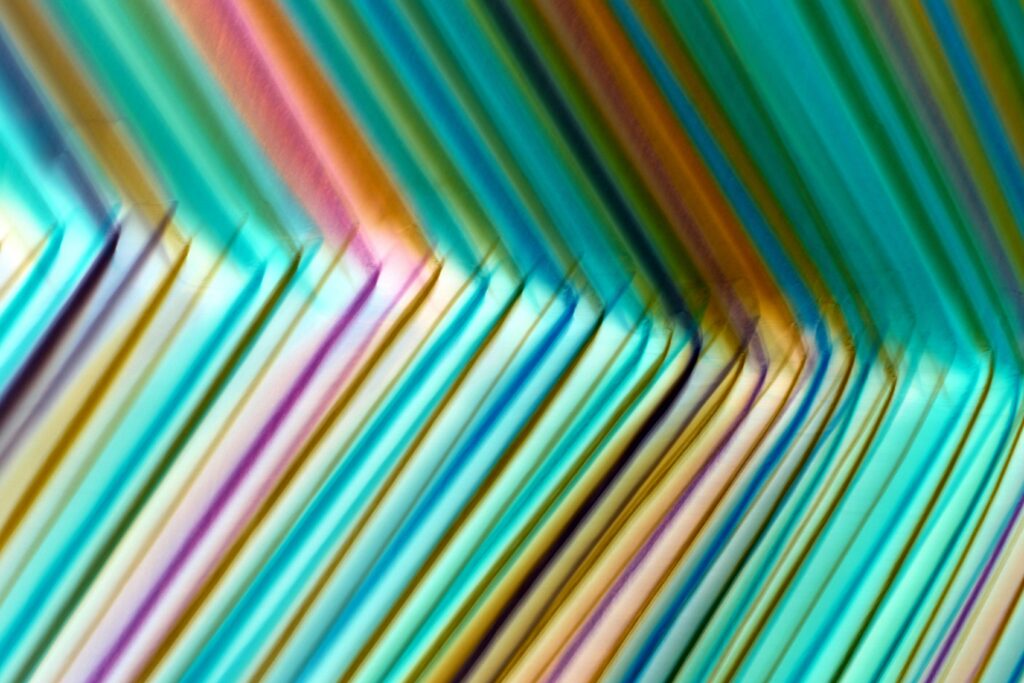
Green – Balance & Growth
Green represents nature, balance, and renewal. Studies show that green environments improve focus and reduce anxiety.
Yellow – Happiness & Optimism
Yellow is the colour of sunshine, bringing joy and positivity. However, overuse may lead to irritability.
Orange – Enthusiasm & Creativity
Orange is cheerful and playful, often linked with motivation, adventure, and social interaction.
Purple – Luxury & Spirituality
Purple is a royal colour, symbolizing wealth, wisdom, and spirituality. It’s often used in meditation spaces.
Black & White – Power & Purity
Black is elegant, powerful, and formal, while white represents simplicity, peace, and innocence.
3. Importance of Colours in Daily Life
Colours are everywhere in the clothes we wear, the food we eat, and the spaces we live in. Their presence subtly influences our choices and mood.
- Clothing: Wearing bright colours can boost confidence, while dark colours create a professional look.
- Food: Studies show people find brightly coloured foods more appetizing.
- Home décor: Interior designers use warm colours for lively rooms and cool colours for peaceful spaces.
4. Colours in Culture and Tradition
The cultural meaning of colours varies around the world:
- White: Represents purity in Western weddings but mourning in some Asian cultures.
- Red: Symbolizes luck and celebration in China but danger in other parts of the world.
- Green: Sacred in Islam, associated with fertility in other traditions.
This shows that the same colour can carry different emotions across cultures.
5. Colour Psychology in Marketing and Business
Companies use colour psychology in marketing to influence consumers:
- Red & Yellow: Used by fast-food brands (like McDonald’s, KFC) to create energy and appetite.
- Blue: Common in banks and tech companies (PayPal, Facebook) to build trust.
- Green: Used by eco-friendly brands to symbolize nature and health.
- Black & Gold: Often used by luxury brands to create a premium feel.
Research shows that up to 85% of shoppers’ decisions are influenced by colour, proving its huge role in business success.
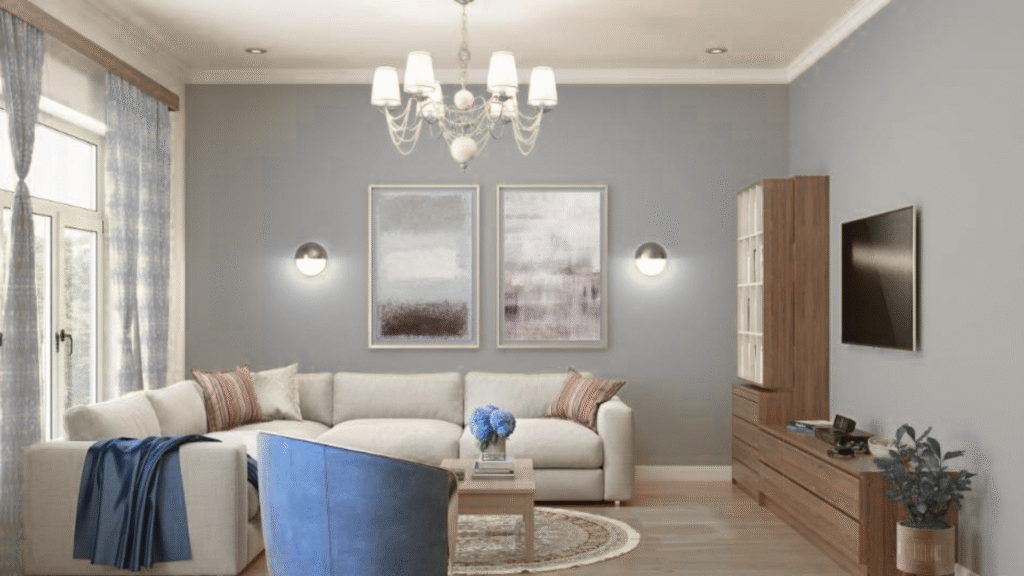
6. Colours and Health (Chromotherapy)
color psychology is not only visual they also affect physical and mental health. This is where chromotherapy (colour therapy) comes in.
- Blue light: Helps with sleep disorders.
- Green environments: Reduce stress and improve healing.
- Yellow & orange: Stimulate creativity and energy.
Although chromotherapy is considered an alternative practice, many people use colours for emotional and mental healing.
7. How to Use color psychology to Improve Your Life
Here are some practical ways to use colours daily:
- At home: Use blue or green in bedrooms for calmness, and yellow in kitchens for happiness.
- At work: Choose colours that boost focus, like blue or grey, in office spaces.
- In fashion: Wear red for confidence in presentations or blue for trust in meetings.
- In study: Use yellow or orange notes to increase creativity and memorization.
By making small adjustments, you can bring positive energy and balance into your life.
8. Common Myths About Colour Psychology
- “Everyone reacts the same to colours” → Not true. Cultural background and personal experiences also matter.
- “Only bright colours affect emotions” → Dark and neutral colours also influence mood.
- “Colour psychology is just a marketing trick” → Research shows real effects on mood and decisions.
Conclusion
colors psychology are more than just visual experiences they are powerful tools that shape our emotions, health, culture, and even shopping habits. From the calming effect of blue to the energy of red, the psychology of colours explains how deeply colours affect our life.
By understanding the effects of colours on mood and their cultural meanings, we can use them to create balance, positivity, and harmony in our personal and professional lives.
So next time you choose a shirt, paint a room, or design a logo, remember: colours speak louder than words.
FAQs (Frequently Asked Questions)
Q1. What is color psychology?
Color psychology studies how colours influence emotions, mood, and behavior in daily life.
Q2. How do color psychology affect our emotions?
Warm colours create energy and excitement, while cool colours bring calmness and relaxation.
Q3. Why are colours important in marketing?
Brands use colours to trigger emotions and influence buying decisions.
Q4. Can colours affect health?
Yes, colour therapy suggests certain colours reduce stress, improve focus, or increase energy.
Q5. Do cultural meanings of colours differ?
Yes, colours can represent purity in one culture and mourning in another.
-
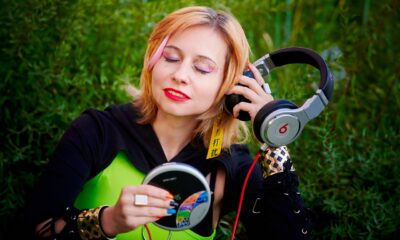
 Fashion3 months ago
Fashion3 months agoThese ’90s Fashion Trends Are Making a Big Comeback in 2025
-
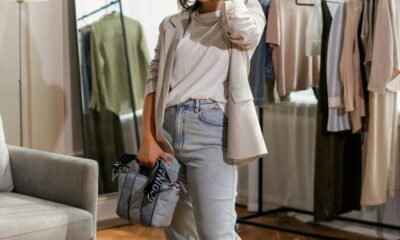
 Fashion3 months ago
Fashion3 months agoTop Fashion Trends to Follow in August 2025
-
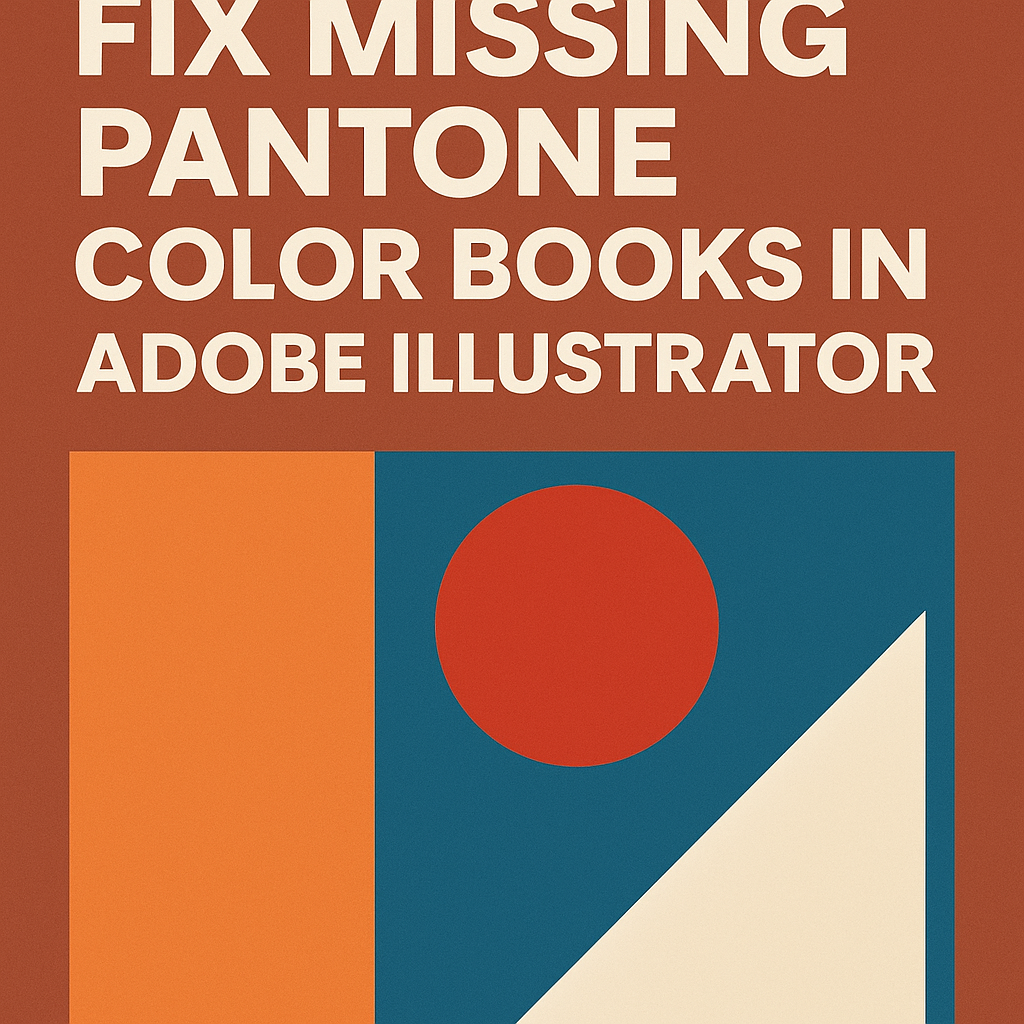
 How-To Tutorials & Troubleshooting3 months ago
How-To Tutorials & Troubleshooting3 months agoHow to Fix Missing Pantone Color Books in Adobe Illustrator 2024-2025 (Free and Easy Method)
-
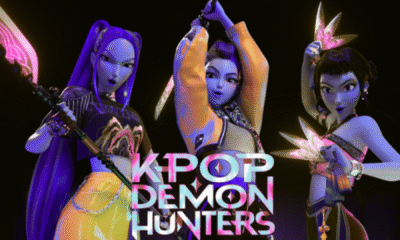
 Entertainment3 months ago
Entertainment3 months agoTrending Soundtrack: “KPop Demon Hunters”
-

 Entertainment3 months ago
Entertainment3 months agoSquid Game Season 2: Deadlier Games, Deeper Secrets & Darker Drama




